Published in 1997, Rich Dad Poor Dad by Robert Kiyosaki has become a timeless classic in the personal finance world. The book contrasts the financial philosophies of Kiyosaki’s “rich dad” (his best friend’s father) and “poor dad” (his biological father), offering invaluable insights into wealth-building, financial independence, and the mindset necessary to break free from the cycle of living paycheck to paycheck.
At its core, Rich Dad Poor Dad teaches the essential principle that achieving financial independence is not about how much money you earn, but how much money you keep and make work for you. Below, we will explore the key lessons from the book and how they can be applied to achieve financial freedom.
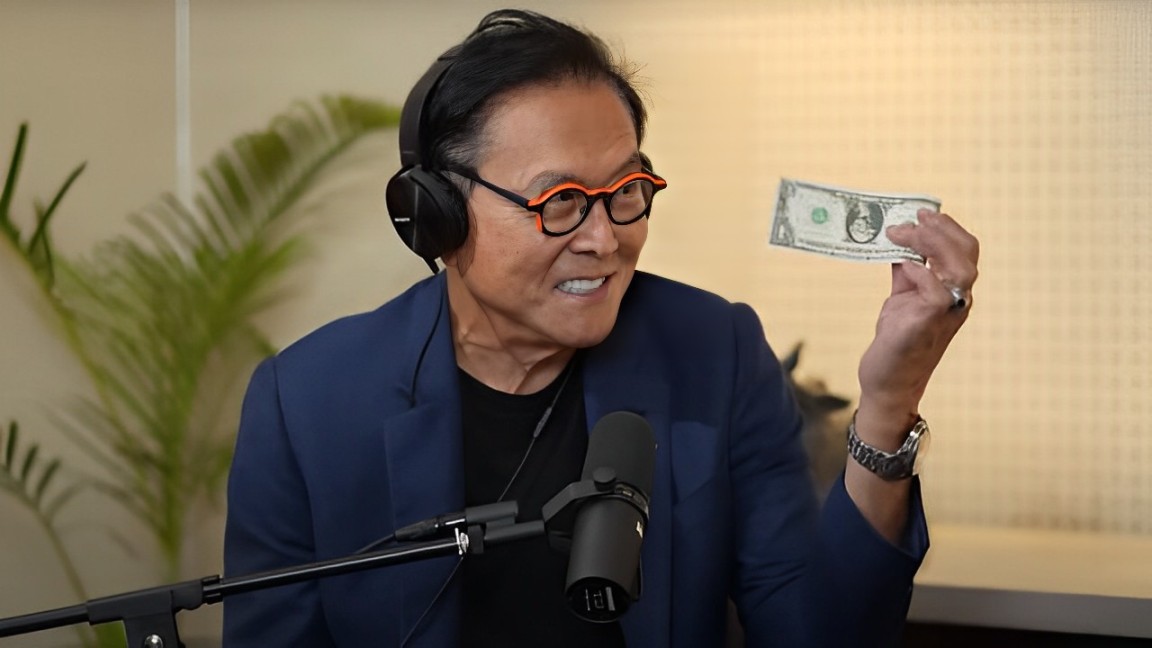
The Two Mindsets: Poor Dad vs. Rich Dad
The two primary figures in Kiyosaki’s life—his “Poor Dad” and his “Rich Dad”—serve as opposites in terms of financial philosophy. Kiyosaki’s biological father, the “Poor Dad,” represents the conventional route to financial security: work hard, earn a steady paycheck, save, and avoid risk. In contrast, his “Rich Dad” is an entrepreneur who believes in taking calculated risks, investing in assets, and acquiring knowledge to build wealth over time.
Poor Dad believes that the key to financial security is to earn a reliable salary and to stick to a conservative approach to money management. While this approach may provide a sense of safety, it often leads to a lifetime of working for money and never truly building wealth.
Rich Dad, on the other hand, advocates for the mindset of an investor and entrepreneur. He believes that working hard for a paycheck is not enough; instead, one should focus on building assets that will generate passive income. These assets can include real estate, businesses, stocks, or other investments that grow in value over time.
The Power of Financial Education
One of the most significant lessons in Rich Dad Poor Dad is the importance of financial education. Kiyosaki argues that traditional schools teach students to become employees, not entrepreneurs or investors. As a result, most people graduate with little understanding of how money works or how to manage it effectively.
In Rich Dad Poor Dad, Kiyosaki emphasizes the need for self-education in financial literacy. He believes that understanding the basics of accounting, investing, and managing cash flow are vital to achieving financial independence. By learning how to make smart financial decisions, people can begin to take control of their financial future, rather than being slaves to their jobs.
Assets vs. Liabilities: The Foundation of Financial Independence
One of the key distinctions Kiyosaki makes in the book is the difference between assets and liabilities. This concept is at the heart of the strategy for building wealth.
- Assets are money. These are investments that generate income, such as rental properties, stocks, bonds, or businesses.
- Liabilities are things that take money out of your pocket, such as debt, credit card bills, and expensive lifestyle habits.
According to Kiyosaki, in order to achieve financial independence, you must focus on acquiring assets and minimizing liabilities. Most people, however, mistakenly accumulate liabilities—such as large mortgages or consumer debt—while ignoring assets. This leaves them stuck in the “rat race,” where they work hard to cover their expenses but never build true wealth.
Kiyosaki’s advice is simple yet powerful: Buy assets that generate passive income, and minimize liabilities that drain your resources. This is the cornerstone of achieving financial freedom.
The Importance of Entrepreneurship and Investing
In Rich Dad Poor Dad, Kiyosaki stresses the importance of adopting an entrepreneurial mindset. While many people are taught to seek job security, the “Rich Dad” philosophy is to create job security through entrepreneurship, investing, and building multiple income streams. The idea is to not only earn income from a job but to create wealth through investments and business ownership.
Real estate, for example, is a popular investment vehicle for generating passive income, but the key is to start early and educate yourself on the market.
This focus on entrepreneurship is why Kiyosaki advocates for teaching children about money early in life. By nurturing an entrepreneurial mindset from a young age, individuals can grow up understanding how to create opportunities for financial growth, instead of relying on a single income source.
The Rat Race and How to Escape It
Kiyosaki describes the “rat race” as the cycle of working hard to earn money, only to spend it on expenses and liabilities, leaving little to show for it in the long term. The rat race traps individuals in a continuous cycle of working for money, rather than allowing money to work for them.
The key to escaping the rat race, according to Rich Dad Poor Dad, is creating multiple streams of income. This can be achieved through investments in real estate, starting a business, or learning to make smart, calculated risks in the market. Kiyosaki stresses that the rich don’t work for money—their money works for them.
By focusing on generating passive income and accumulating assets, individuals can eventually escape the cycle of trading time for money and achieve financial independence.
The Power of Risk and Failure
One of the most empowering lessons Kiyosaki shares in the book is the importance of embracing risk and failure as part of the wealth-building process. Many people avoid taking risks out of fear of losing money, but Kiyosaki argues that risk is an essential component of financial success.
In Rich Dad Poor Dad, Kiyosaki talks about how “Rich Dad” taught him that failure is not something to be feared; rather, it is an opportunity to learn and grow. It’s through taking calculated risks, making mistakes, and learning from those mistakes that individuals develop the financial intelligence necessary to succeed in the long term.
Achieving Financial Independence with Rich Dad Poor Dad
Rich Dad Poor Dad is more than just a book about managing money; it’s a guide to mastering the mindset and principles that lead to financial independence. Robert Kiyosaki’s message is clear: true wealth is not about working harder or earning more money. It’s about understanding the power of assets, minimizing liabilities, and using your financial intelligence to make money work for you.
By shifting your mindset from an employee mentality to an investor and entrepreneur mentality, you can begin to break free from the traditional cycle of working for money and instead focus on building passive income streams that will support you for years to come.
For those willing to take the time to learn, grow, and embrace the principles in Rich Dad Poor Dad, financial independence is not just a dream—it’s a very achievable reality.
Recommendation: KPOP NEWS ASIA
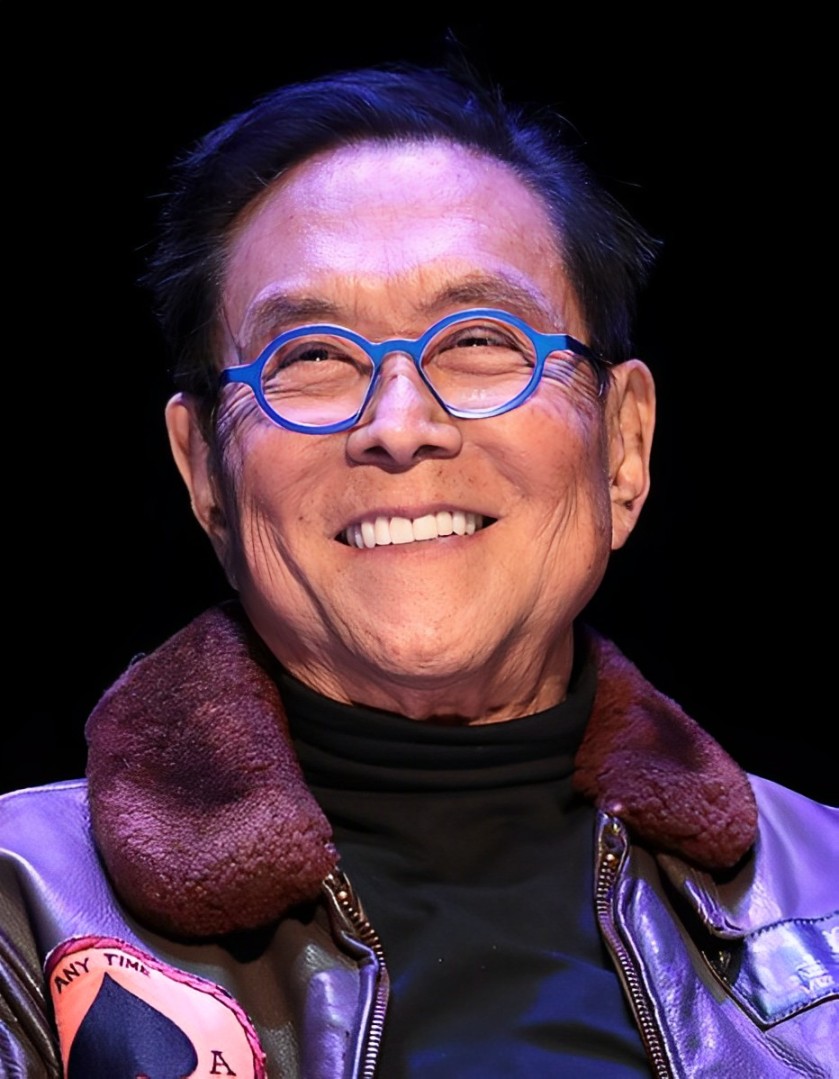

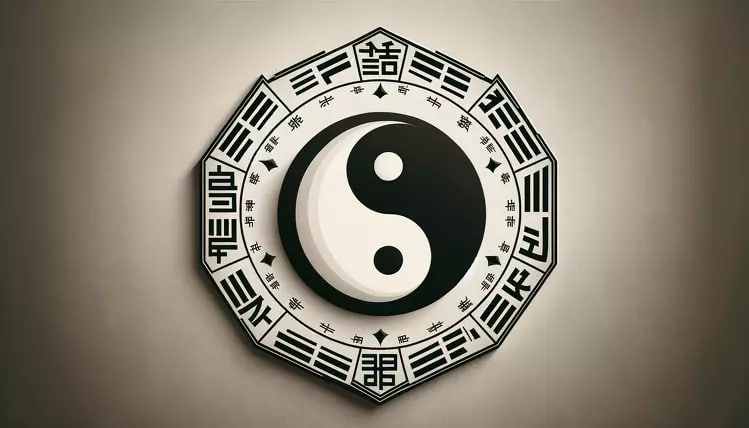




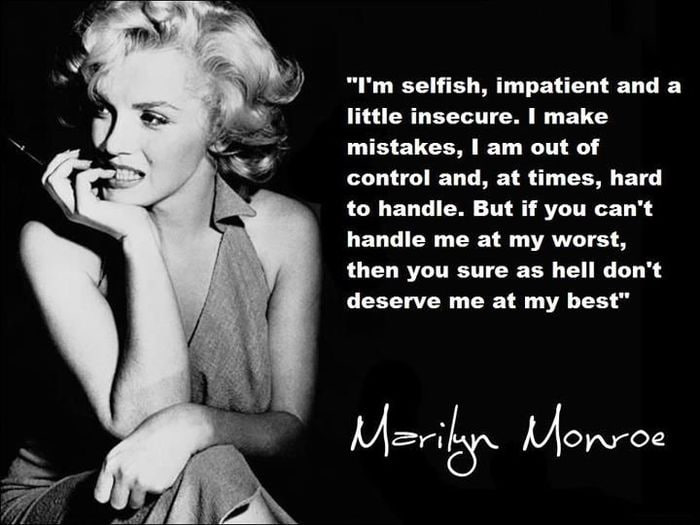


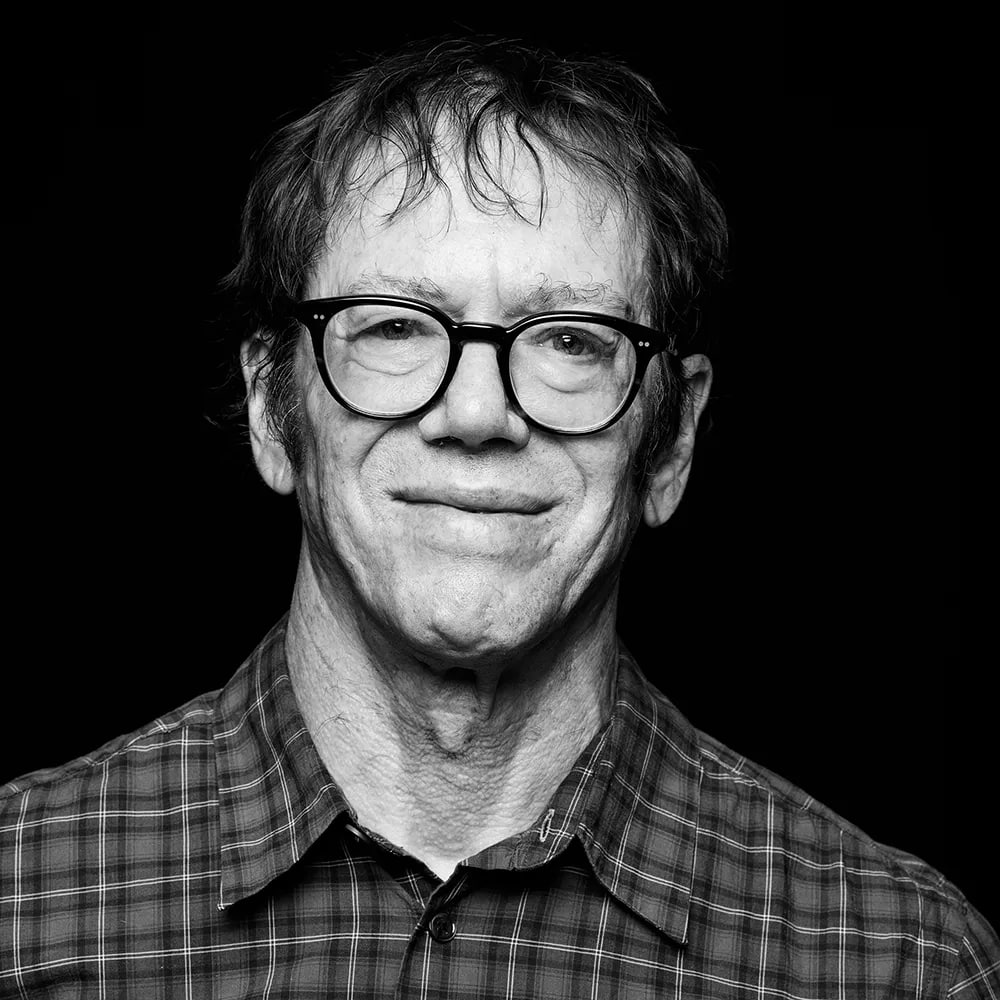


Leave a Reply